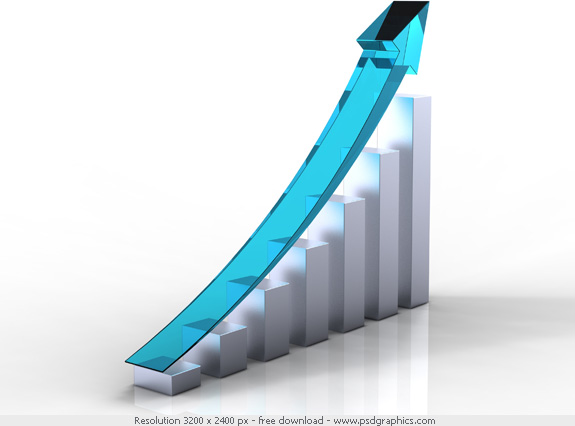
About 4 years ago some of my semiconductor cohorts urged me to blog. “Hey Dan, you’re a funny guy, write about EDA and IP, make us laugh!” Of course what I think is funny most people think is snarky, which is a nice word for being a smart ass. The traditional semiconductor press was crumbling, the non traditional EDA websites were outdated, so I figured the timing was right for a new communication channel inside the semiconductor ecosystem, absolutely.
The Semiconductor Wiki Project, the premier semiconductor collaboration site, is a growing online community of professionals involved with the semiconductor design and manufacturing ecosystem. Since going online January 1st, 2011 to June 30th 2012 more than 300,000 unique visitors have landed at www.SemiWiki.com viewing more than 2.5M pages of blogs, wikis, and forum posts. WOW!
Paul McLellan, Daniel Payne, and dozens of others were already blogging so I was one of many. When I mentioned blogging to John Cooley at DAC he laughed and said I was an idiot. Proving John wrong was motivation enough to get started. I blogged every Sunday for 2 years and the analytics kept growing. Thousands of semiconductor professionals subscribed to my blog and read it every week. No fortune but plenty of fame. Random people walked up to me and said “Hey Dan, I read your blog!” It also got me access to the executive levels of the semiconductor ecosystem. Lunch with Mentor CEO Wally Rhineswas well worth the effort.
About a year and a half into it I decided to see if I could scale my blog through crowd sourcing and SemiWiki was born. My oldest son Ryan had just earned his BS degree and had a six month wait for graduate school so he was employee #1. Next came Paul McLellan, Daniel Payne, Eric Esteve, and my beautiful wife Shushana. Paul confessed to me over dinner one night that at first he didn’t think SemiWiki would succeed. I had my doubts as well but clearly SemiWiki is successful and now some refer to it as a “force of nature”. I really appreciate that.
Like my blog, SemiWiki was slow going at first. Luckily we had Atrenta and Mentor as beta partners. TSMC, GlobalFoundries, ClioSoft, SpringSoft, Solido, and others followed. With lots of input from friends and foes, today SemiWiki has exceeded all expectations, absolutely.
Google Analytics was a challenge since SemiWiki has dozens of micro sites inside which caused some bumps and bruises but here is what Google says today:
Q1 2011 was a pretty good start:
Unique Visitors:20,397
Pageviews:201,498
Q2 2011 business started picking up:
Unique Visitors: 37,513
Pageviews: 273,909
At this point we had about 500 registered users. Not good at all in my opinion. I was expecting thousands. After one year we were just short of 5,000 registered users. Fast forward to where we are today.
Q2 2012 SemiWiki numbers:
Unique Visitors: 85,012
Pageviews: 506,316
January 1, 2011 – June 30, 2012:
Unique Visitors: 309,036
Pageviews: 2,520,522
Total Blogs, Wikis, and Forum Posts on SemiWiki: 5,091
Registered SemiWiki Users: 12,495
Traffic Sources:
- 27.34% Search
- 43.81% Referral
- 28.85% Direct
Demographics:
[LIST=1]
Top 20 company domains:
[LIST=1]
Rankings from the Alexawebsite:
EETimes
- Rank: 24,870
- Rank:312,684
- Rank : 431,594
- Rank:441,196
- Rank:861,483
- Rank:1,175,172
- Rank: 1,625,750
- Rank: 3,765,891
What’s next for SemiWiki? Plenty! Ryan just finished his graduate degree and is developing new features. We have a dozen or so bloggers (anybody can blog on SemiWiki). We are working closely with more than two dozen companies. As the analytics grow so does the value proposition and it is easy to see.
SemiWiki is a real-time feedback loop. Prime examples are white papers or webinars, key communication channels for the semiconductor ecosystem. SemiWiki bloggers download white papers or view webinars and do a 500 word blog on what they feel the message is. Readers can then make public or private comments and either click over to download or view. If 5,000 people read the blog and 0 click over, not good. If 5,000 people read it and 250 people click over that is pretty good. Vendors can then take this data and feed it back into their marketing and product development cycle, simple as that.
So I want to thank everyone who made SemiWiki what it is today and ask that you keep the real-time feedback loop going for the greater good of the semiconductor ecosystem!
Share this post via:








Quantum Computing Technologies and Challenges